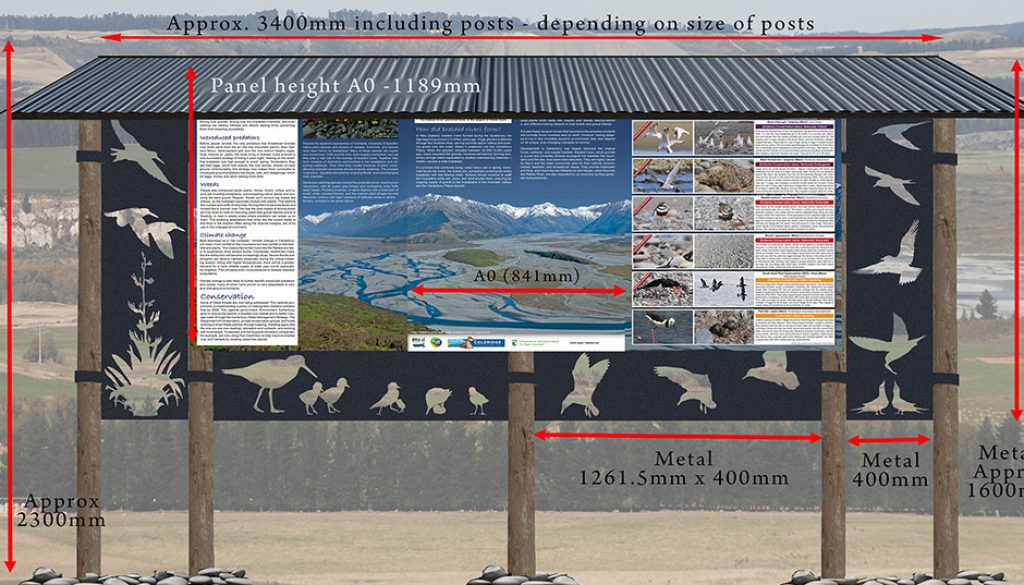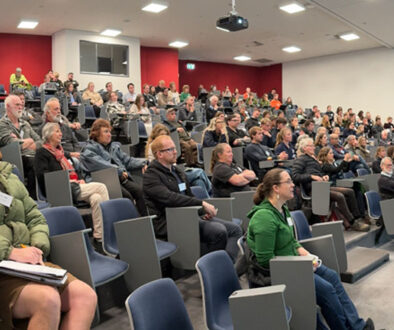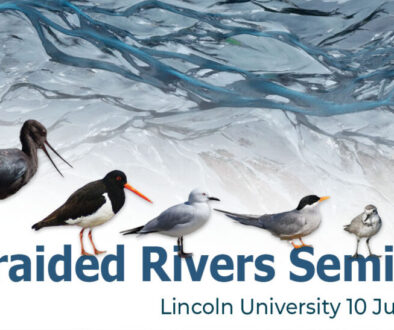Newsletter #76
Tēnā koutou,
From plan to fruition. One of BRaid’s activities is designing information and interpretation signs. But turning a design on my computer screen (the image at top) into an actual sign (below) takes the work of many. In this instance, funding came from Coleridge Habitat Enhancement Trust as well as ECan, which funds BRaid to, amongst many other things, design signs. For the metalwork frame, I used images taken from Steve Attwood’s photos. Coleridge Habitat Enhancement Trust, ECan and DOC contributed to the wording and editing. The photos on the printed signs came from Steve Attwood, Nick Ledgard, Toni Barlow, Warren Jowett, and Hugh Dernham’s wonderful landscape photo. Lastly, the guys from Glenthorne Station erected the completed sign.
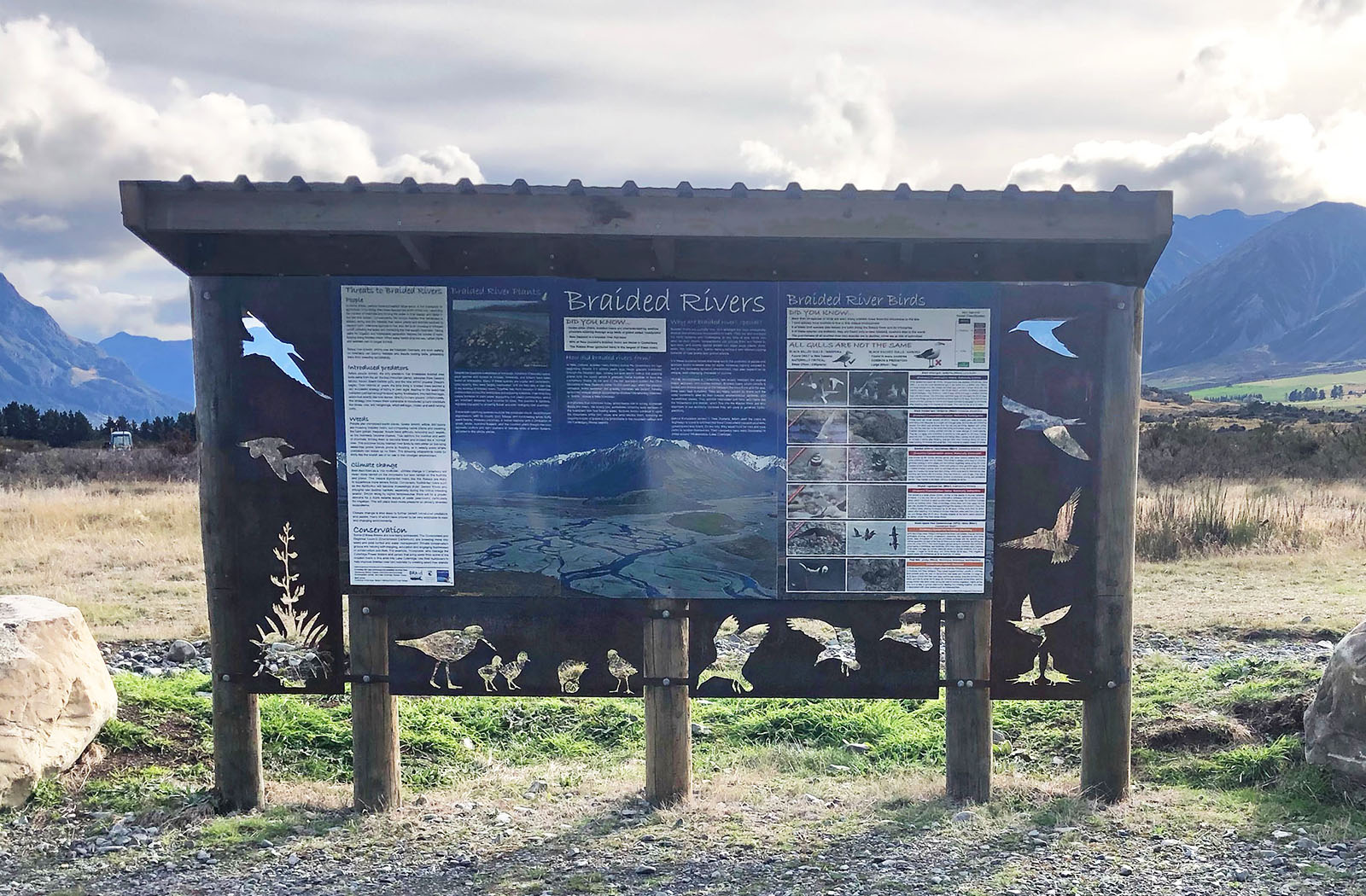
Well done, everyone.
Need posters or signs? With funding from the Waitaha Action Fund, we have the capacity to design more signs. Have a look at this page to see some sample, and get in touch.
Ashley Estuary
Next year, we’re hoping to turn more of a spotlight on the plight of the Ashley Hakatere estuary and hapua. The Northern Pegasus Bay bylaw, to put it as graciously as possible, appears to have zero effect protecting the incredible diversity of birds that feed and nest there, due to a lack of education, insufficient monitoring, and little appetite to prosecute blatant offenders.
The estuary is included in a list of wetland sites that meet criteria prescribed to be of international importance by the International Union for the Conservation of Nature (IUCN). It’s host to over a hundred bird species. These are a snapshot from Grant Davey’s recent PPT presentation:
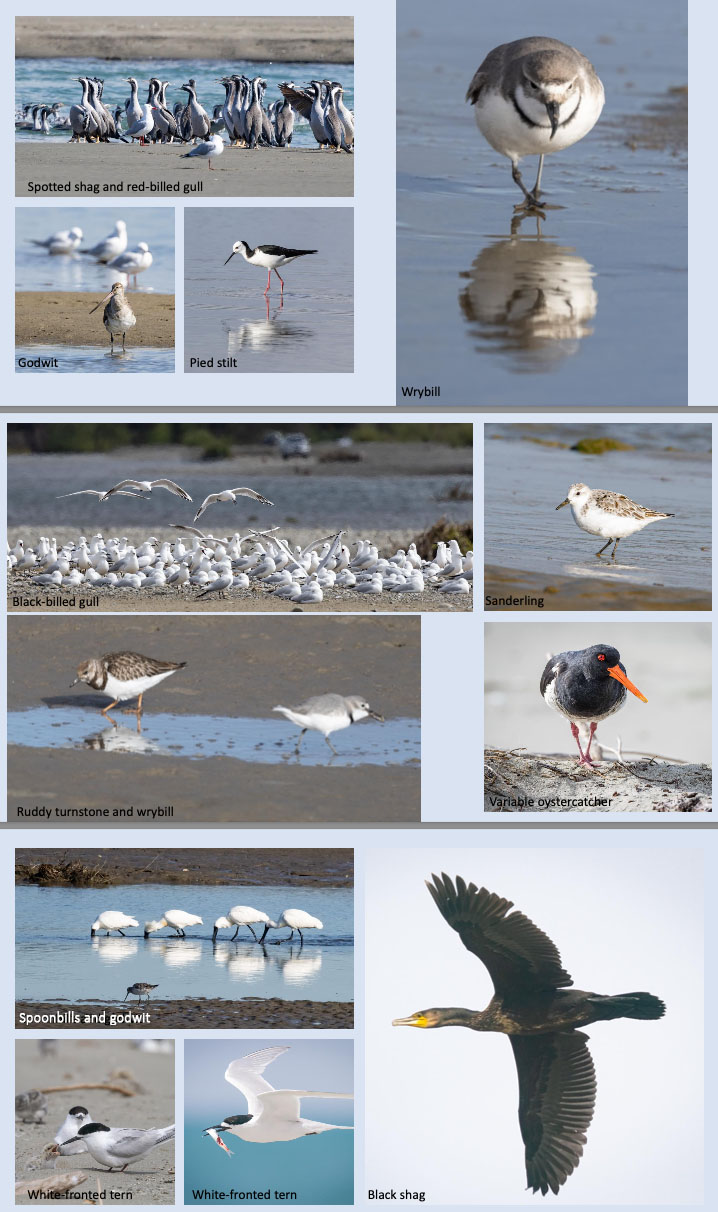
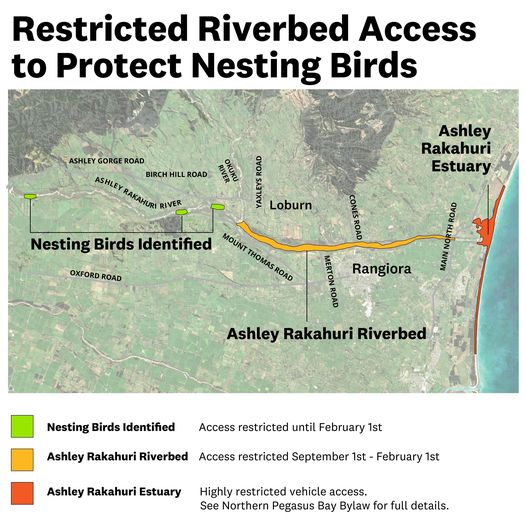
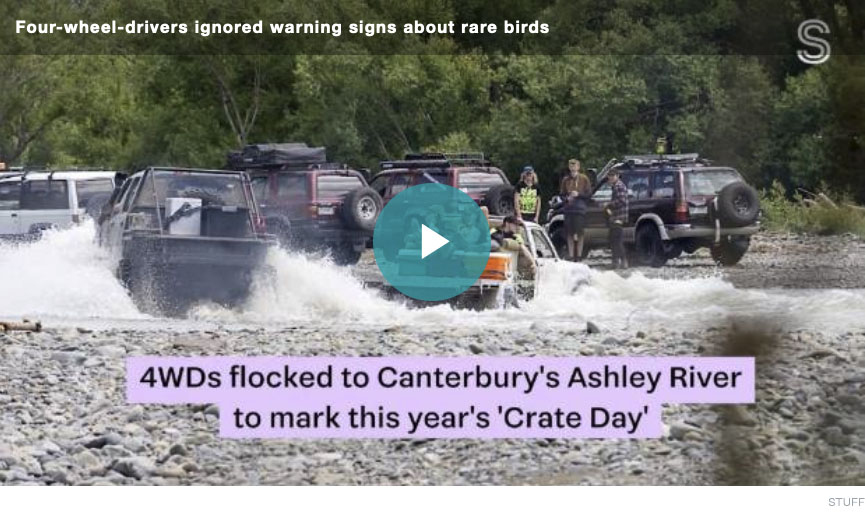

News
- This week, 20,000 delegates are in Montreal for COP15 are trying to come up with a new global plan for halting biodiversity loss. While New Zealand wanted ‘Halting and reversing biodiversity loss’ and ‘Halving the footprint of production and consumption by 2030’ on the agenda, it seems we oppose ‘Quantitative values for pesticide phase-out’. Anyone hazard (no pun intended) a guess why?
- Freeing up nature (and giving braided rivers room to move) is one of the only viable answers by phasing out farming. This article in The Conversation may sound bonkers, but the facts are undeniable and serious money is being invested into the alternative, including funding from Fonterra.
- Smarter ways with water: People need to find better and more productive ways to become allies with water — which might mean giving it space for its processes. (Open access news item in Nature)
- The Environment Canterbury Biosecurity team are looking for community representatives to join one of their four Biosecurity Advisory Groups in Canterbury Applications are open until Monday 23 January 2023.
- The Department of Conservation’s (DOC) Community Fund will make $9.2 million available for community conservation groups nationwide. The 2022 funding round closes 31 January 2023. Community groups, iwi and hapū, as well as private landowners throughout the country can apply for the funding. Government departments and local authorities are not eligible. Successful applications will be announced from late April 2023. Email: doccf@doc.govt.nz | Phone 0800 86 20 20
- Groundwater monitoring results published by LAWA show that groundwater quality across the country continues to be affected by land use activities.
- Levelling the Grazing Paddock: When the facts come face-to-face with those polluting our rivers. As tax and ratepayers, why are we required to subsidise actions that are killing our waterways? Agriculture tax paid as a % of total tax revenue was just 1.8% 2019-2020.
- Highways, not byways: increase traffic to your traps – Predator Free NZ
Reports and research
- Open access story in Nature: 67-million-year-old fossil upends bird evolutionary
- Obiol et al; Species delimitation using genomic data to resolve taxonomic uncertainties in a speciation continuum of pelagic seabirds Molecular Phylogenetics and Evolution 179

